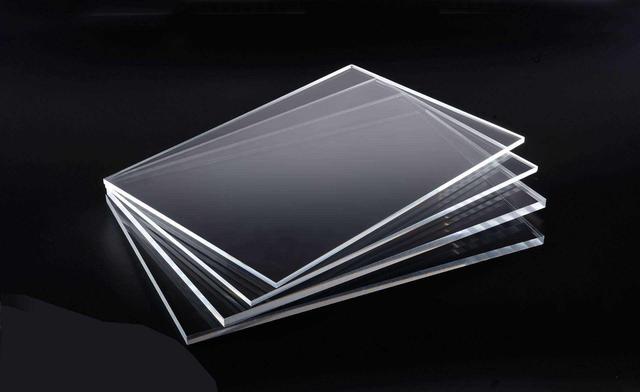PMMA material is commonly known as plexiglass, acrylic, etc. The chemical name is polymethyl methacrylate. PMMA is a non-toxic and environmental friendly material. The biggest feature is high transparency, with a light transmittance of 92%. The one with the best light properties, the UV transmittance is also up to 75%, and the PMMA material also has good chemical stability and weather resistance.
PMMA acrylic materials are often used as acrylic sheets, acrylic plastic pellets, acrylic light boxes, acrylic bathtubs, etc. The applying products of automotive field are mainly automotive tail lights, signal lights, instrument panels, etc., the pharmaceutical industry (blood storage containers), industrial applications (video discs, light diffusers) ), buttons of electronic products (especially transparent), consumer goods (drink cups, stationery, etc.).
The fluidity of PMMA material is worse than that of PS and ABS, and the melt viscosity is more sensitive to changes in temperature. In the molding process, the injection temperature is mainly used to change the melt viscosity. PMMA is an amorphous polymer with a melting temperature greater than 160℃ and a decomposition temperature of 270℃. The molding methods of PMMA materials include casting, injection molding, machining, thermoforming, etc.
1. Treatment of plastics
PMMA has a certain water absorption, and its water absorption rate is 0.3-0.4%, and the injection molding temperature must be below 0.1%, usually 0.04%. The presence of water makes the melt appear bubbles, gas streaks, and reduce transparency. So it needs to be dried. The drying temperature is 80-90℃, and the time is more than 3 hours.
In some cases, 100% of the recycled material can be used. The actual amount depends on the quality requirements. Usually, it can exceed 30%. The recycled material should avoid contamination, otherwise it will affect the clarity and the properties of the finished product.
2. Selection of injection molding machine
PMMA has no special requirements for injection molding machines. Because of its high melt viscosity, a deep screw groove and a larger diameter nozzle hole are required. If the strength of the product is required to be high, a screw with a larger aspect ratio should be used for low-temperature plasticization. In addition, PMMA must be stored in a dry hopper.
3. Mold and gate design
The mold-ken temperature can be 60℃-80℃. The diameter of the sprue should match the inner taper. The best angle is 5° to 7°. If you want to inject 4mm or more products, the angle should be 7°, and the diameter of the sprue should be 8°. To 10mm, the overall length of the gate should not exceed 50mm. For products with wall thickness less than 4mm, the runner diameter should be 6-8mm, and for products with wall thickness greater than 4mm, the runner diameter should be 8-12mm.
The depth of the diagonal, fan-shaped and vertical-shaped gates should be 0.7 to 0.9t (t is the wall thickness of the product), and the diameter of the needle gate should be 0.8 to 2mm; for low viscosity, a smaller size should be used. Common vent holes are 0.05 to 0.07mm deep and 6mm wide.The demolding slope is between 30′-1° and 35′-1°30° in the cavity part.
4. Melting temperature
It can be measured by air injection method: ranging from 210℃ to 270℃, depending on the information provided by the supplier.
5. Injection temperature
Rapid injection can be used, but to avoid high internal stress, multi-stage injection should be used, such as slow-fast-slow, etc. When injecting thick parts, use slow speed.
6. Residence time
If the temperature is 260℃, the residence time should not exceed 10 minutes at most, and if the temperature is 270℃, the residence time should not exceed 8 minutes.
Post time: May-25-2022



